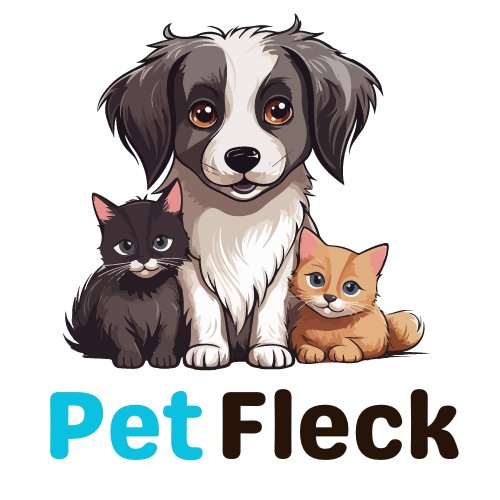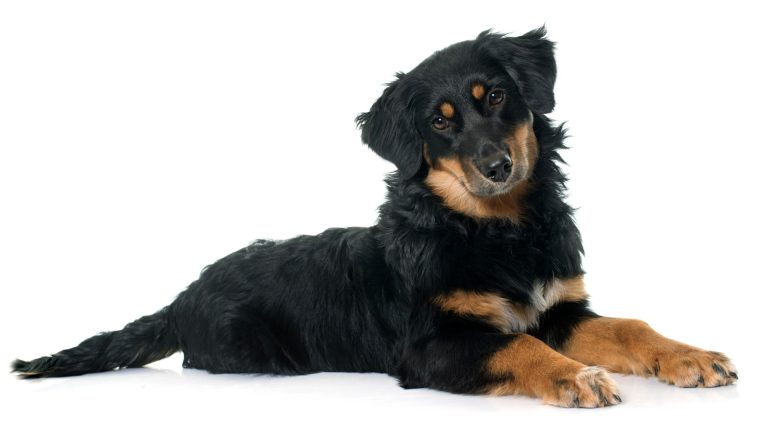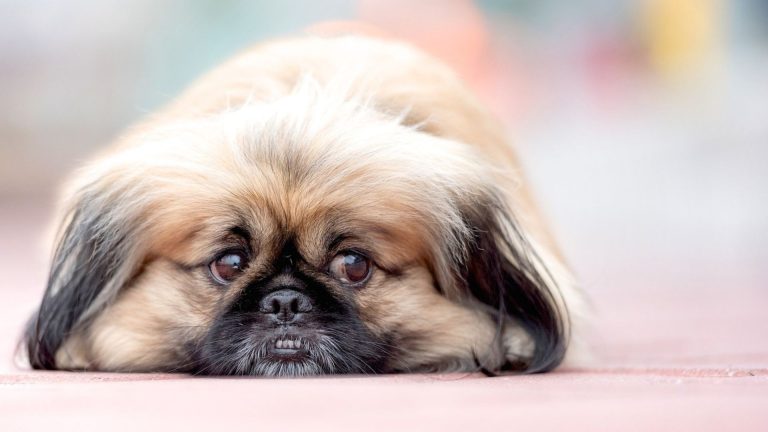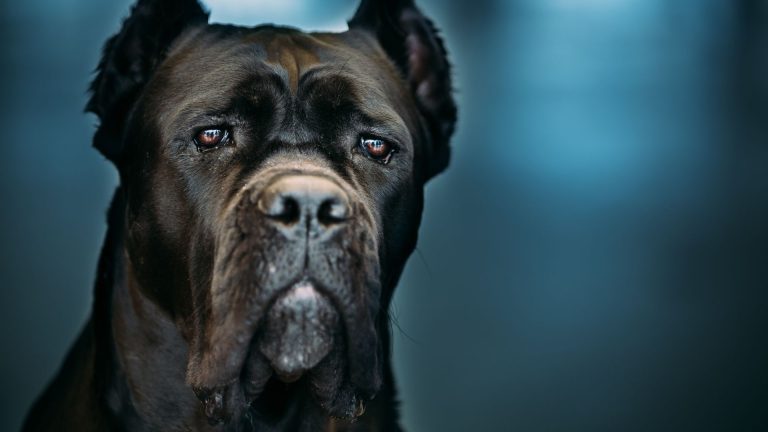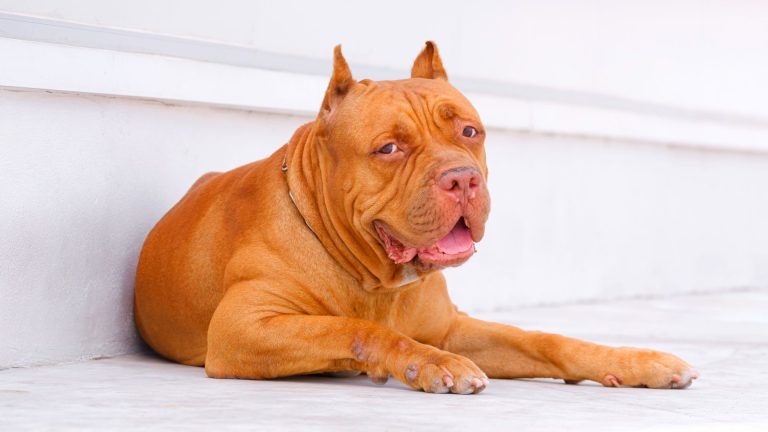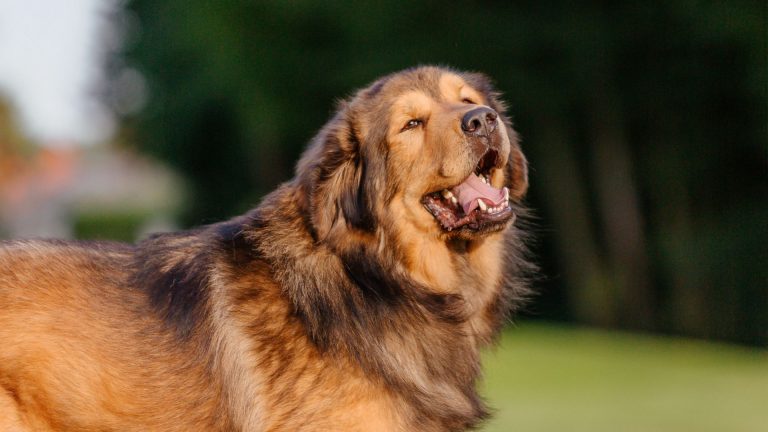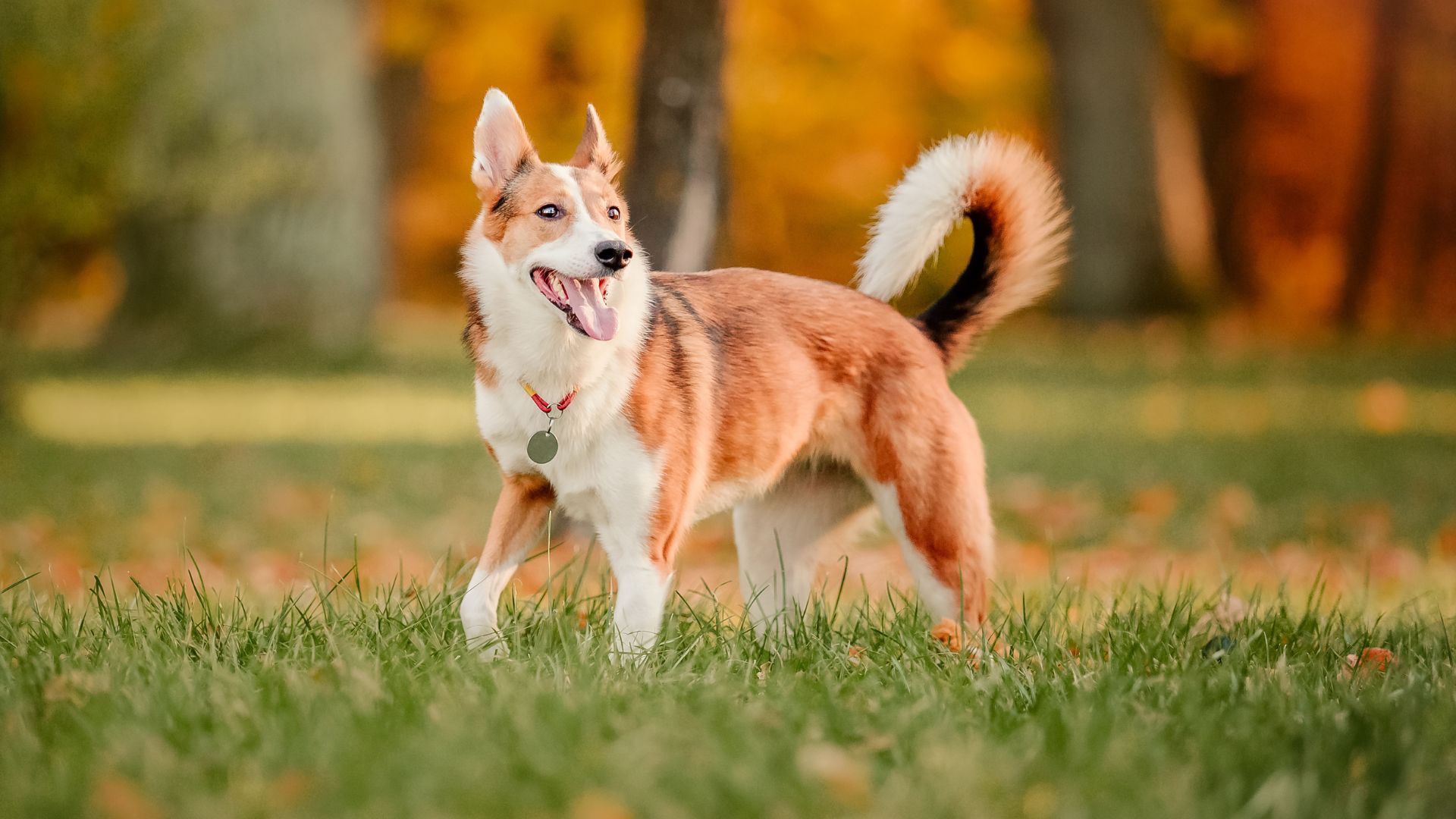
Contents
Dog breeds are as diverse as the people who love them. Each breed offers unique traits, appearances, and temperaments. From the playful Poodle to the loyal Labrador, dog enthusiasts have many options. This variety makes finding the perfect match for your lifestyle both exciting and challenging.
Knowing different dog breeds is valuable for several reasons. It helps potential owners choose a dog that fits their living situation and activity level. Understanding breed characteristics can also prevent future behavioral issues. Informed choices lead to happier pets and owners. Additionally, breed knowledge is essential for those involved in breeding, training, or rescuing dogs. It ensures the right care and environment for each breed.
In this article, we focus on dog breeds that start with the letter V. These unique breeds might not be as well-known but have distinct qualities worth exploring. From the energetic Vizsla to the rare Villano de Las Encartaciones, we’ll dive into their histories, traits, and care needs. Whether you’re considering a new pet or just curious, discovering these breeds will broaden your canine knowledge. Let’s explore the fascinating world of V-named dog breeds and uncover what makes each one special.
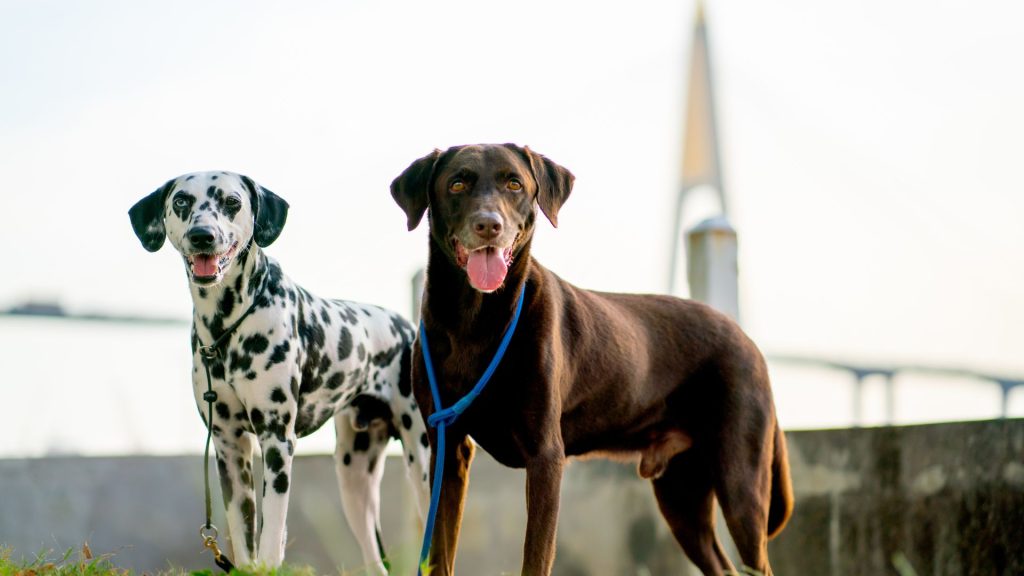
Overview of Dog Breeds That Start with V
Dog breeds that start with the letter V are a fascinating group. They share some common traits yet each has unique characteristics. These breeds often display high energy levels and strong loyalty to their owners. Many of them were originally bred for hunting, herding, or guarding, which reflects in their temperament and behavior.
General Characteristics of V-Named Dog Breeds
Most V-named breeds are medium to large in size. They usually have a strong, muscular build. These dogs are typically intelligent and eager to please, making them relatively easy to train. Many of these breeds have short, smooth coats, which require minimal grooming. Their athleticism and agility make them great companions for active individuals or families.
Popularity of V-Named Dog Breeds
The popularity of these breeds varies. Some, like the Vizsla, are well-known and cherished by many. The Vizsla’s popularity stems from its affectionate nature and versatility as both a hunting dog and a family pet. On the other hand, breeds like the Volpino Italiano and Villano de Las Encartaciones are rarer and less recognized. Their lower popularity can be attributed to their specific needs and the regions they come from. Despite this, they have passionate followers who appreciate their unique traits.
Unique Qualities of V-Named Dog Breeds
What makes these breeds stand out are their distinctive qualities. The Vizsla, for example, is known for its sleek, rust-colored coat and boundless energy. It excels in various dog sports and makes an excellent hunting companion. The Volpino Italiano, a small and fluffy breed, has a charming personality and is fiercely loyal to its family. The Villano de Las Encartaciones, a robust and courageous breed, is prized for its guarding abilities and tenacity.
Each of these breeds offers something special, making them worth considering for dog enthusiasts. Their unique characteristics and traits ensure that there’s a V-named breed for everyone, whether you’re looking for an active partner or a loyal protector.
#1 Vizsla
The Vizsla, often called the Hungarian Pointer, has a rich history. It originated in Hungary over a thousand years ago. Ancient Magyar tribes used these dogs for hunting. They valued the Vizsla for its speed, agility, and keen nose. This breed’s name, “Vizsla,” means “pointer” in Hungarian. The breed nearly went extinct during the World Wars but was revived by dedicated breeders. Today, the Vizsla is a beloved companion and a versatile hunting dog.
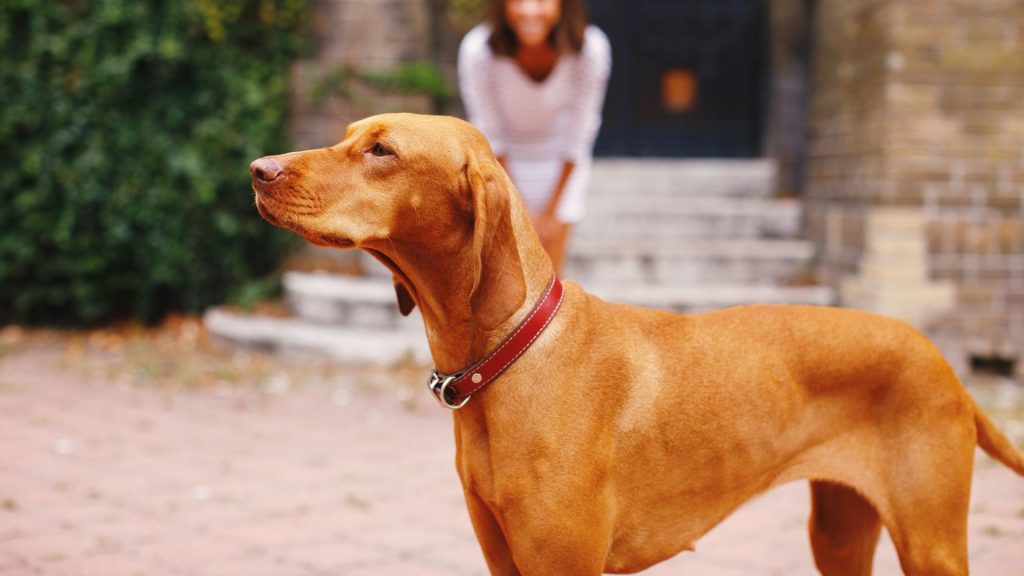
Physical Characteristics
Vizslas are medium-sized dogs. They typically weigh between 44 and 60 pounds and stand about 21 to 24 inches tall at the shoulder. Their most striking feature is their short, sleek coat, which is usually a rust or golden rust color. They have a lean, muscular build, with a deep chest and long legs. Their ears are long and floppy, and their eyes are a warm shade of brown. The Vizsla’s tail is usually docked to about two-thirds of its original length, giving it a distinctive look.
Temperament and Behavior
The Vizsla is known for its friendly and affectionate nature. It forms strong bonds with its family and loves to be close to its owners. This breed is often called a “Velcro dog” because it likes to stick by its owner’s side. Vizslas are intelligent and eager to please, making them highly trainable. They are energetic and require plenty of physical and mental stimulation. Without adequate exercise, they can become bored and develop destructive behaviors. Vizslas are good with children and can get along well with other pets if properly socialized.
Care and Maintenance
Vizslas have relatively low grooming needs. Their short coat requires minimal maintenance, usually just a weekly brush to remove loose hair. They are clean dogs and do not have a strong odor. However, they do need regular exercise. A Vizsla needs at least an hour of vigorous activity daily, such as running, hiking, or playing fetch. Mental stimulation is equally important, so training sessions and puzzle toys can help keep them engaged. Vizslas are sensitive dogs and respond best to positive reinforcement training methods.
Common Health Issues
Like all breeds, Vizslas are prone to certain health issues. Hip dysplasia is a common concern, so it’s important to ensure that breeding dogs are tested for this condition. They can also be prone to epilepsy and certain heart conditions. Regular veterinary check-ups and a healthy diet can help manage these risks. Additionally, Vizslas are susceptible to allergies and skin conditions, so monitoring their skin health and addressing any issues promptly is crucial.
In conclusion, the Vizsla is a loyal, energetic, and affectionate breed. Its rich history, combined with its unique characteristics, makes it a wonderful choice for active individuals or families. Proper care and attention will ensure that a Vizsla remains a healthy and happy companion.
#2 Volpino Italiano
The Volpino Italiano, often called the Italian Spitz, has a storied history dating back to ancient times. This breed originated in Italy, where it was favored by both the nobility and commoners. The Volpino was especially popular during the Renaissance and was often found in the courts of Italian nobility. Despite its noble roots, it was also a common companion of farmers and peasants, who appreciated its alertness and ability to serve as a watchdog. The breed’s popularity waned in the 20th century, but dedicated enthusiasts have worked to revive it.
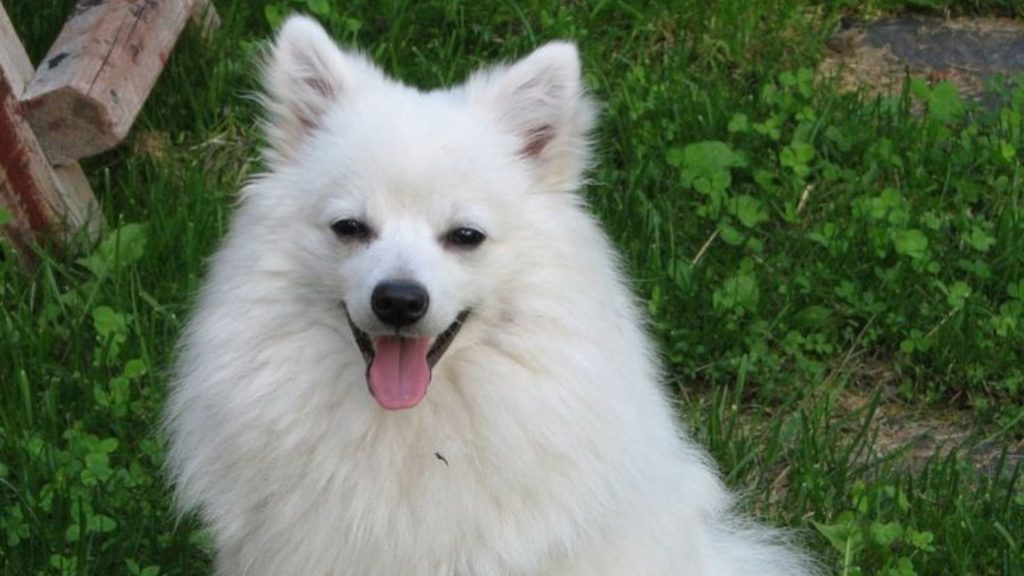
Physical Characteristics
The Volpino Italiano is a small yet sturdy dog, typically weighing between 9 to 14 pounds and standing about 10 to 12 inches tall at the shoulder. This breed is known for its thick, fluffy double coat, which is usually white, though it can also be red or champagne. Its pointed ears stand erect, and it has a distinctive fox-like face with dark, expressive eyes. The Volpino’s tail curls over its back, adding to its charming appearance. Despite its small size, the Volpino has a well-proportioned and athletic build.
Temperament and Behavior
The Volpino Italiano is an affectionate and lively breed. It is known for its playful nature and high energy levels. This breed forms strong bonds with its family and loves to be involved in all activities. Volpinos are intelligent and can be quite independent, which can sometimes make training a challenge. However, they respond well to positive reinforcement techniques. Despite their small size, Volpinos have a bold and fearless temperament. They are excellent watchdogs and will alert their owners to any unusual activity. Socialization is important to ensure they get along well with other pets and children.
Care and Maintenance
Caring for a Volpino Italiano involves regular grooming to maintain its beautiful coat. This breed sheds seasonally, so brushing several times a week is necessary to manage loose hair and prevent matting. Bathing should be done as needed, typically every few months. The Volpino requires regular exercise to stay healthy and happy. Daily walks, playtime, and mental stimulation are essential. Due to their intelligence, Volpinos enjoy activities that challenge their minds, such as puzzle toys and training sessions. They thrive on attention and do not do well if left alone for long periods.
Common Health Issues
The Volpino Italiano is generally a healthy breed, but it can be prone to certain health issues. Patellar luxation, a condition where the kneecap dislocates, is common in small breeds and can affect the Volpino. Dental problems are another concern, so regular dental care, including brushing and professional cleanings, is important. Eye conditions such as cataracts and progressive retinal atrophy can also occur. Regular veterinary check-ups and a balanced diet can help maintain the Volpino’s health and longevity.
In conclusion, the Volpino Italiano is a delightful and charming breed. Its rich history, combined with its affectionate and lively nature, makes it a wonderful companion for those willing to provide the care and attention it needs.
Villano de Las Encartaciones
The Villano de Las Encartaciones is a rare breed with deep roots in the Basque Country of northern Spain. Its name comes from the Encartaciones region, where it was traditionally used for herding and guarding livestock. This breed is thought to be a descendant of ancient mastiff and herding dogs, selectively bred for their working abilities. Over the centuries, the Villano de Las Encartaciones became a vital part of rural life, known for its strength, endurance, and protective instincts. Despite its importance in local agriculture, the breed’s numbers dwindled in the 20th century, but efforts are ongoing to preserve it.
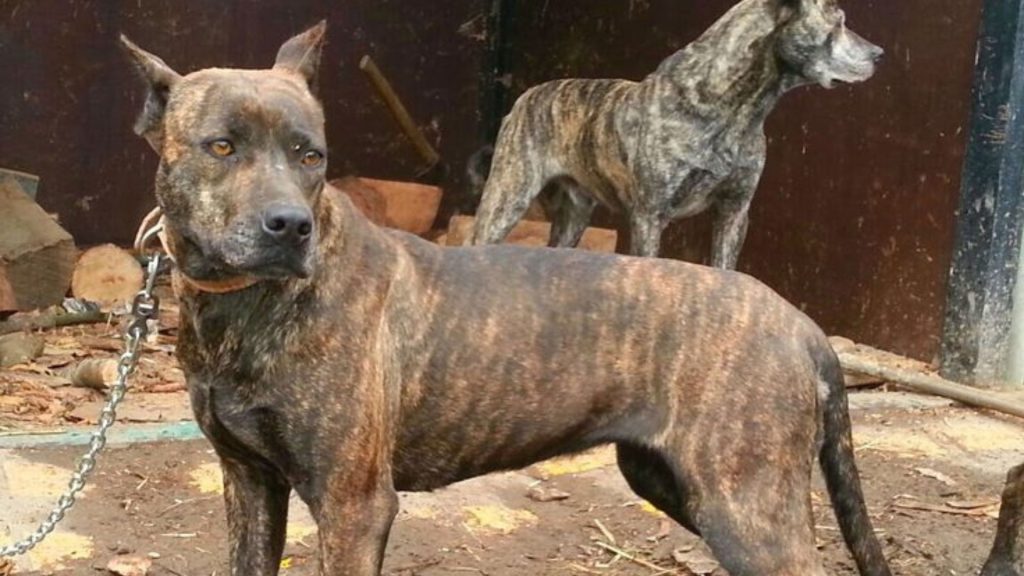
Physical Characteristics
The Villano de Las Encartaciones is a medium to large-sized dog, typically weighing between 55 to 88 pounds and standing about 20 to 24 inches tall at the shoulder. It has a powerful and muscular build, reflecting its working heritage. The breed’s coat is short, dense, and usually comes in shades of fawn, brindle, or black. Its head is broad with a strong jaw, and its ears are semi-erect or folded. The Villano’s eyes are dark and expressive, giving it an alert and intelligent look. Its tail is thick at the base and tapers to a point, often carried low.
Temperament and Behavior
The Villano de Las Encartaciones is known for its courage and loyalty. It has a strong protective instinct and makes an excellent guardian for both property and livestock. This breed is highly intelligent and learns quickly, but it can be independent and assertive, requiring an experienced handler. Villanos are energetic and need plenty of physical activity. They thrive in environments where they have a job to do, such as herding or guarding. Despite their working background, they can be affectionate with their families and are known to form strong bonds with their owners. Early socialization is crucial to ensure they are well-adjusted and can interact positively with other animals and people.
Care and Maintenance
Caring for a Villano de Las Encartaciones involves regular exercise and mental stimulation. This breed needs ample space to run and play, making it best suited for rural or suburban settings with a large yard. Daily walks, play sessions, and tasks that engage their mind and body are essential to prevent boredom and destructive behavior. The Villano’s short coat is low-maintenance, requiring only occasional brushing to remove loose hair and keep the coat healthy. Regular dental care, nail trimming, and ear cleaning should be part of their routine care.
Common Health Issues
The Villano de Las Encartaciones is generally a robust and healthy breed, thanks to its working heritage. However, like all breeds, it can be prone to certain health issues. Hip dysplasia is a concern, so it’s important to ensure that breeding dogs are tested for this condition. They can also be susceptible to certain eye conditions, such as cataracts. Regular veterinary check-ups and a balanced diet are key to maintaining their health. Additionally, due to their active nature, owners should monitor for any signs of joint or muscle strain, especially as the dog ages.
In conclusion, the Villano de Las Encartaciones is a strong, loyal, and intelligent breed. Its rich history as a working dog in the Basque Country, combined with its distinctive traits and protective nature, makes it a remarkable companion for those who can meet its needs. Proper care and attention will ensure that this breed remains a healthy and devoted partner.
Venezuelan Hairless Dog
The Venezuelan Hairless Dog, also known as the “Perro Pelón Venezolano,” has a unique and intriguing history. This breed is believed to have descended from ancient hairless dogs that were native to the Americas. It is closely related to other hairless breeds found in Mexico and Peru. The Venezuelan Hairless Dog was traditionally kept by indigenous tribes in Venezuela for companionship and as guardians. Though it is a relatively rare breed, efforts are being made to preserve its lineage and promote its unique qualities.
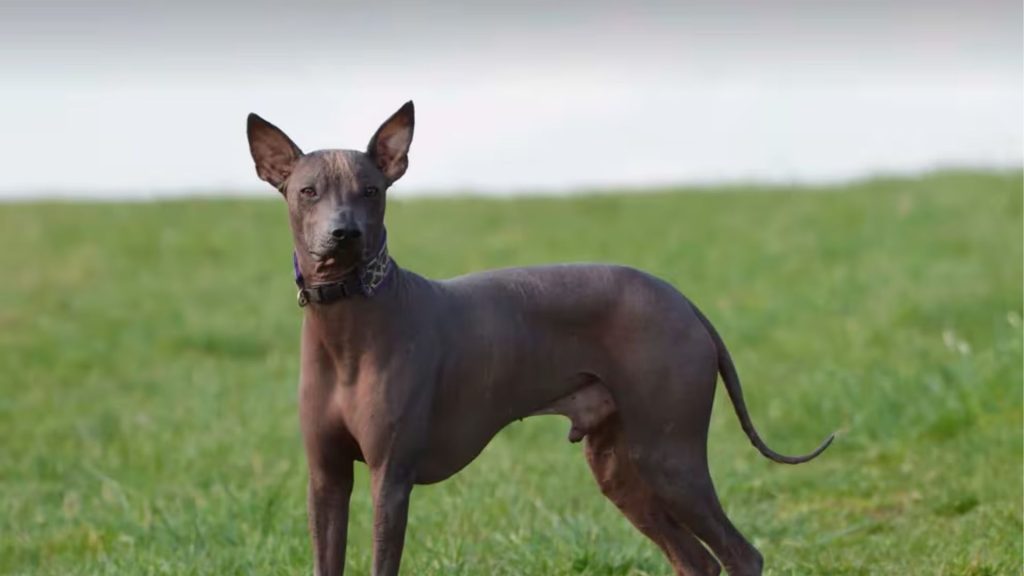
Physical Characteristics
As the name suggests, the Venezuelan Hairless Dog is known for its lack of fur. This breed has smooth, hairless skin that can range in color from black and gray to pink with spots. Some individuals may have a slight amount of hair on the head, feet, and tail. They are medium-sized dogs, typically weighing between 13 to 22 pounds and standing about 13 to 18 inches tall at the shoulder. The breed has a slender, athletic build with a deep chest and long legs. Their skin is sensitive and requires special care to avoid sunburn and injuries.
Temperament and Behavior
The Venezuelan Hairless Dog is known for its affectionate and loyal nature. It forms strong bonds with its family and loves to be around people. This breed is intelligent and quick to learn, making it relatively easy to train. However, they can be somewhat reserved with strangers and require early socialization to ensure they are well-adjusted. They are playful and energetic, enjoying activities that challenge both their minds and bodies. Despite their lively nature, they are also content to relax and cuddle with their owners.
Care and Maintenance
Caring for a Venezuelan Hairless Dog involves specific attention to their skin. Due to their hairlessness, they are prone to sunburn and skin injuries. It’s essential to apply sunscreen when they are outside and provide protective clothing if necessary. Regular bathing is important to keep their skin clean and healthy. Their nails should be trimmed regularly, and dental care is crucial to prevent dental issues. This breed also needs regular exercise to stay fit and happy. Daily walks, playtime, and mental stimulation are important for their overall well-being.
Common Health Issues
The Venezuelan Hairless Dog is generally healthy but can be prone to specific health issues. Skin problems, such as sunburn and infections, are common due to their lack of fur. Owners must be vigilant about skin care and protection. They can also be susceptible to dental problems, so regular dental check-ups and proper oral hygiene are essential. Additionally, like many small breeds, they may be prone to patellar luxation, a condition where the kneecap dislocates. Regular veterinary visits and a balanced diet can help maintain their health and address any potential issues early.
In conclusion, the Venezuelan Hairless Dog is a unique and affectionate breed. Its distinctive appearance, combined with its loyal and playful nature, makes it a wonderful companion for those willing to provide the necessary care. With proper attention to their skin and overall health, these dogs can lead happy and healthy lives.
Other Notable Breeds
In addition to the Vizsla, Volpino Italiano, Villano de Las Encartaciones, and Venezuelan Hairless Dog, there are other remarkable dog breeds that start with the letter V. These breeds, though not as well-known, possess unique traits and characteristics that make them special.
Västgötaspets
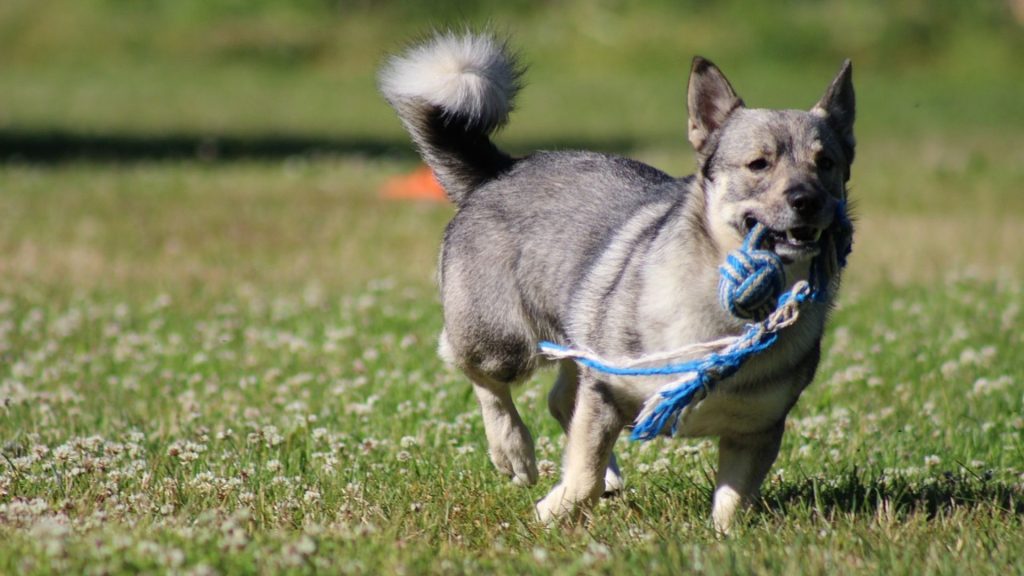
The Västgötaspets, also known as the Swedish Vallhund, is a small yet sturdy herding dog. Originating in Sweden, this breed has a long history dating back over a thousand years. Västgötaspets are known for their fox-like appearance, with a wedge-shaped head, pricked ears, and a dense double coat. They are energetic, intelligent, and versatile, excelling in herding, agility, and obedience trials. Their friendly and playful nature makes them excellent companions for active families.
Vorstehhund
The Vorstehhund, commonly referred to as the German Shorthaired Pointer, is a versatile hunting breed from Germany. This breed is known for its athletic and well-balanced build, with a short, dense coat that can be liver, black, or a combination of both. Vorstehhunds are highly energetic and require plenty of exercise. They are intelligent, trainable, and excel in various canine sports, including hunting, tracking, and obedience. Their friendly and outgoing nature makes them wonderful family pets, provided they get enough physical and mental stimulation.
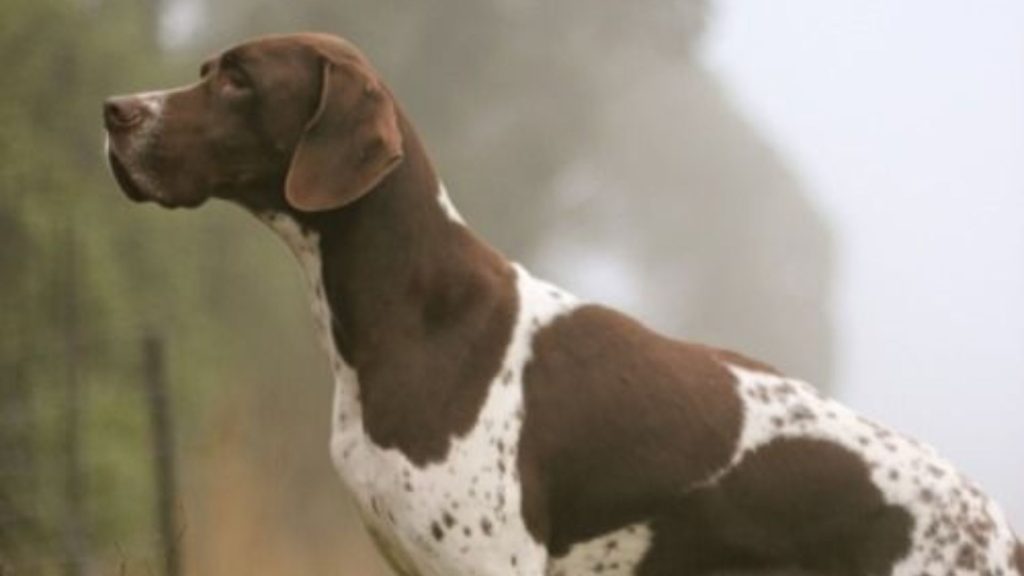
Unique Traits and Characteristics
These V-named breeds, though diverse, share some common traits. They are generally energetic, intelligent, and loyal. Each breed has a distinct history and set of characteristics that make them well-suited for specific roles, whether it be herding, hunting, or companionship. The Västgötaspets stands out for its herding ability and versatility, while the Villanuco de Las Encartaciones is noted for its agility and hunting prowess. The Vorstehhund’s athleticism and adaptability make it a top choice for active individuals.
In summary, these notable V-named breeds each offer unique qualities and capabilities. Their rich histories and diverse characteristics provide a wide array of options for dog enthusiasts seeking a special companion.
Choosing the Right Breed
When selecting a dog breed, several factors should be considered. Potential owners must evaluate their living situation, activity level, and available time for care. Some breeds, like the Vizsla and Vorstehhund, require significant exercise and mental stimulation. Others, such as the Volpino Italiano, may be more suited for quieter lifestyles but still need regular attention and activity.
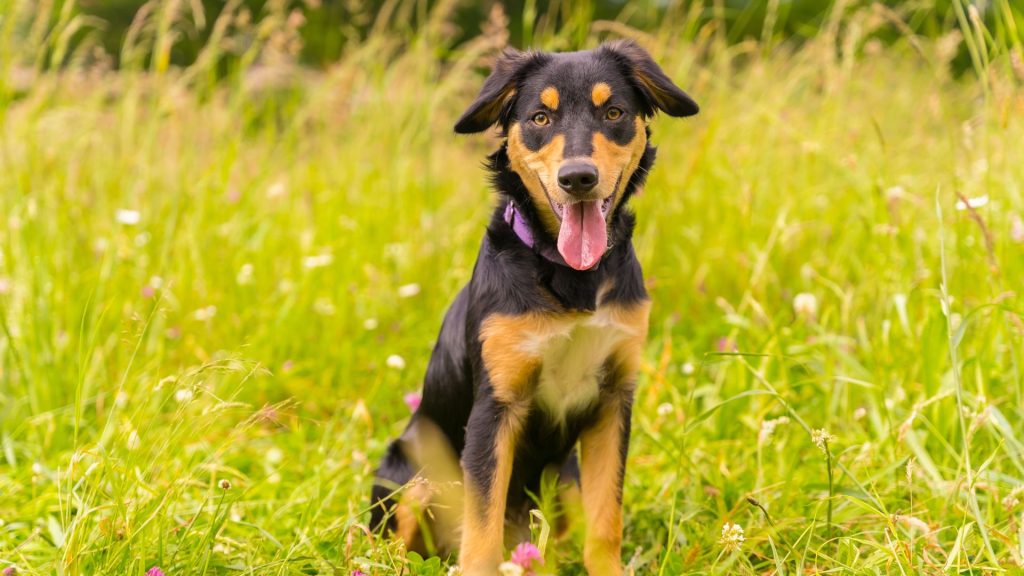
Lifestyle and Compatibility
Matching a breed to your lifestyle is crucial. Active individuals or families may find breeds like the Vizsla or Vorstehhund ideal due to their high energy levels and love for outdoor activities. Those looking for a smaller, yet alert and loyal companion might prefer the Volpino Italiano or Villanuco de Las Encartaciones. Consider the breed’s temperament, grooming needs, and potential health issues. Ensuring compatibility will lead to a happier and more fulfilling relationship with your dog.
Final Thoughts on Selecting a Breed
Choosing the right breed involves careful research and honest self-assessment. Each breed offers unique traits and characteristics that can either complement or challenge your lifestyle. By understanding these aspects, potential owners can make informed decisions that benefit both them and their future pets. The joy of owning a dog comes from finding a breed that matches your needs and personality, ensuring a long and happy companionship.
Conclusion
In this article, we’ve explored various dog breeds that start with the letter V, each with unique traits and characteristics. From the energetic Vizsla to the rare Villano de Las Encartaciones, these breeds offer something special for every dog lover. Owning a unique breed can bring immense joy and satisfaction, as their distinct qualities enhance the bond between pet and owner. We encourage you to explore and learn more about these fascinating breeds, ensuring you find the perfect companion that fits your lifestyle and preferences. Embrace the joy of discovering and owning a unique breed!

Hello, I’m Donna Carter, the founder and writer behind PetFleck.com. My journey with dogs started years ago, and it’s been a passion that has only grown stronger over time. I’ve always been fascinated by the unique behaviors and characteristics of different dog breeds, and this curiosity has led me to dive deep into the world of canine studies.
My love for dogs is the driving force behind everything I do. I’ve dedicated countless hours to researching and understanding the nuances of dog care, training, and breed-specific traits. This dedication helps me create content that is not only informative but also genuinely helpful for fellow dog lovers and owners.
At PetFleck, I combine my extensive knowledge and hands-on experience with my passion for dogs to provide valuable insights and tips. Whether it’s exploring different breeds or offering practical advice on dog care, I aim to share knowledge that makes a real difference in the lives of dogs and their families.
I’m thrilled to share my love for dogs with you through my writing. I hope my articles inspire and inform, helping you to better understand and appreciate the incredible bond we share with our furry friends.
Thank you for visiting PetFleck.com, and I look forward to connecting with you through our shared love of dogs!
